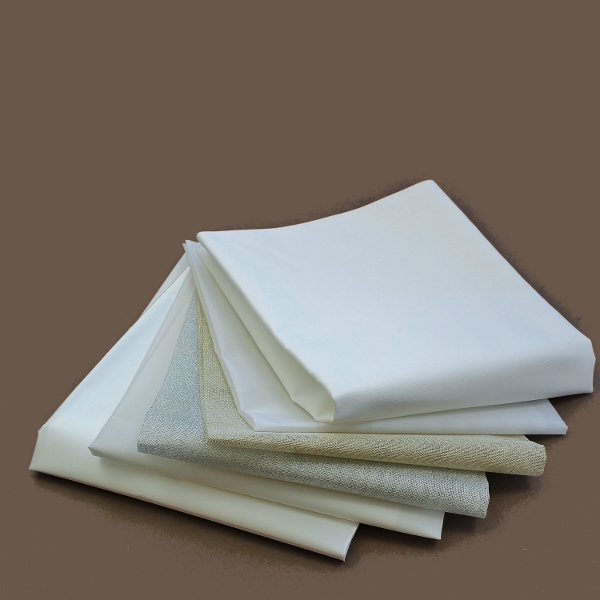 One of the evergreen questions I get to hear is about what must have fabrics for making flowers are considered the best and should be used.
One of the evergreen questions I get to hear is about what must have fabrics for making flowers are considered the best and should be used.
SHOP OUR RANGE OF PROFESSIONAL FABRICS FOR FLOWER MAKING HERE
In short, flowers can probably be made with any fabric, but the end result will differ. If you wish to make detailed realistic delicate flowers you will need to choose certain fabrics that have proven to work well for couture flowers.
Here I present my short guide to the 3 must have fabrics you’ll require when you start making flowers. These 3 fabrics are a good starting point for the beginner. Once you have become more experienced and confident you will be able to expand the list of fabrics that can be used in flower making (we’ll talk about some other fabrics during the next weeks).
Before I start, let’s clarify the difference between a fabric and a finish. Fabrics are cotton, silk, linen, rayon or polyester, to name a few. Finishes are terms like crepe, taffeta, and satin. That said, “satin” does not mean silk fabric as satin can be made out of polyester, rayon or other fibers. Not all of the fabrics will be equally good for our purpose.
 |
~ it is very forgiving, pliable, pleasant and easy to work with
~ it frays very very little if at all which makes it suitable for small and large flowers
~ it has no right or wrong side which works well for some designs
I have a tutorial on SILK CLOVER that demonstrate how to work with Crepe de Chine, which is perfect for this small flower.
Very unusual humble flower of clover is perfect for summer flower crowns and hat trims. Fiddly to make out of fabric but well worth the effort for that special project you have in mind.
LEARN MORE ABOUT THE FABRIC CLOVER TUTORIAL
 |
Silk Satin
This fabric is your first choice when making fabric leaves. It allows to imitate the glossy smooth surface of real foliage.
Unlike crepe, satin fabric has the right (shiny) side and wrong (matte, crepe-like) side to it.
Silk satin is a popular fabric with flower makers and customers alike so I have prepared a number of tutorials that use satin.
LEARN MORE ABOUT THE CAMELLIA FLOWER VIDEO TUTORIAL
LEARN MORE ABOUT THE ENGLISH ROSE VIDEO TUTORIAL
LEARN MORE ABOUT THE FABRIC LEAVES PHOTO TUTORIAL
 |
Silk pongee
is a plain woven thin fabric. It is also known as China silk or Habutai (Habotai). The fabric is lighter in weight than other silks. Quite often it is used for lightweight scarves.
I also use it for a number of jobs in leather flower making. Definitely a must have fabric for your stash.
But they are great to begin with. I would recommend you should obtain pure silk fabrics for the following reasons:
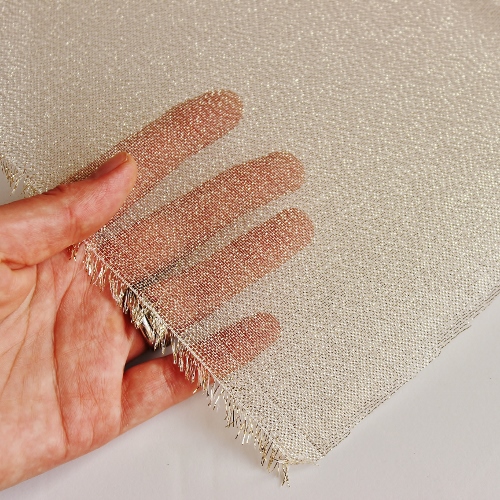 uy these silks, I will be happy to help.
uy these silks, I will be happy to help.There are a lot of other fabrics to talk about with regards to flower making. We discuss them in detail in our newsletter. Stay tuned! If you have not yet, feel free to join the list below.
Some professional prestiffened fabrics for flower making are available in our online shop.
Currently we are offering the following professional fabrics for you to try and fall in love with with:
➡ GOLDEN, SILVER or PEARL LAME SATIN
➡ GOLDEN, SILVER or PEARL BACKING FABRIC
➡ WHITE or BLACK COTTON VELVET FABRIC
Should you require any specialist fabrics for your project, feel free to get in touch with us at enquiries@presentperfectcreations.com to place a custom order.






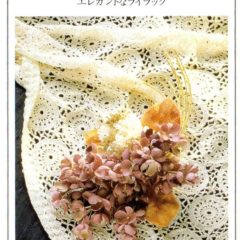


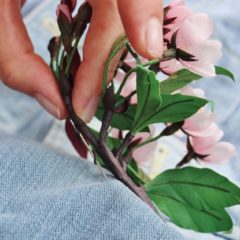
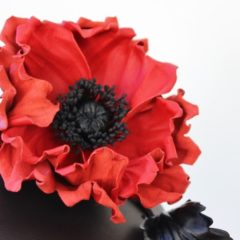
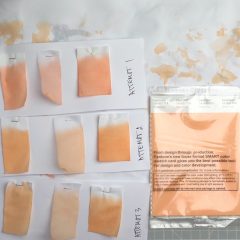
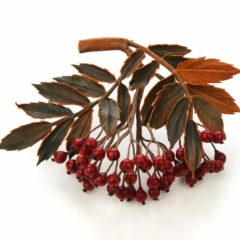

lisa
Hi. I am looking to make a few 6′ faux palm leaves for a dance. Im not sure how I can go about this using different materials. I don’t like paper and want a more realistic palm. What fabric do you suggest? I am hoping with your expertise you can direct me in creating one. I know that the ones you buy are stiffer than regular fabric and I was hoping you have a suggestion. Thanks!
Svetlana Faulkner
Hello Lisa,
Thank you for your comment. For more realistic palm leaves I would go for a satin fabric, pure silk or rayon. Satin has a delicate sheen which makes it a suitable fabric for most types of foliage.
I offer some prestiffened rayon satin fabric ready for dying and shaping in my online shop at https://presentperfectcreations.com/product/rayon-satin-fabric/
I hope this helps.
Kind Regards,
Svetlana